From Pixel to Profit: Decoding every stage of the video games lifecycle
Over the past decades I have had a deep dive in nearly every aspect of the game development, publishing and sales cycles. This led me to not only use existing business frameworks, I also created a couple on my own. The ultimate goal of this section is to document every single process of a games company in an easy-to-understand "cheat sheet" and make these sheets available here. My reference for this endeavour is the "Accounting Equation Cheat Sheet" from Accounting Stuff, that neatly explains and summarizes two financial statements (Profit and Loss and Balance Sheet) and their relationship with each other. Collecting and creating these diagrams will probably take a very very long time (and might never end).
Since I want to make sure that all this information remains free, I felt it is necessary to release the diagrams under the Commons BY-SA license. Feel free to use, share, and adapt them, as long as you credit the original author and distribute your modifications under the same license. If you improve on them, just add yourself as an additional author. And please do feedback if you have suggestions or contributions to make!
Process Map
Video Game Processes
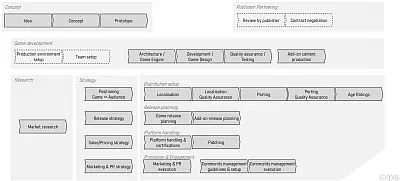
Overview
Documents in the game lifecycle
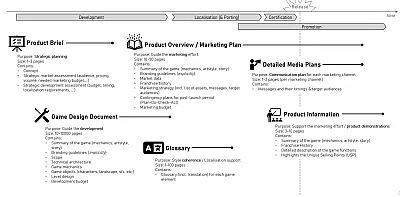
Marketing & PR Strategy
Marketing Channels
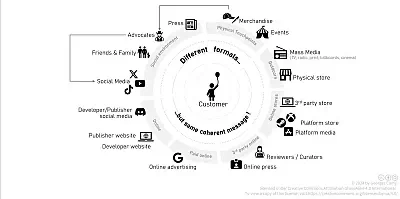
Strategy
Marketing/Sales funnel
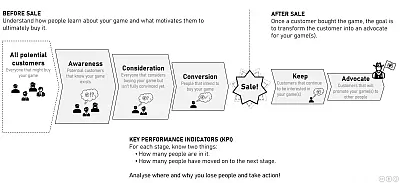
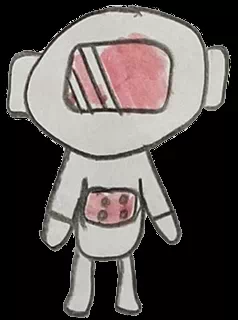
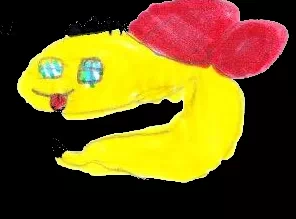
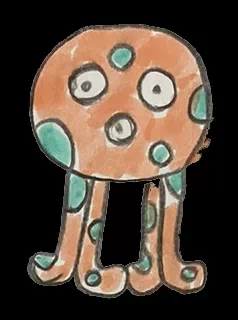
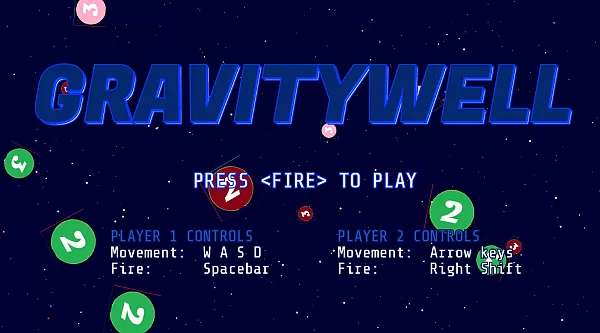

 2024 Google BI Professional certification
2024 Google BI Professional certification 2005 Specialised Master in Marketing & Communication
2005 Specialised Master in Marketing & Communication  2003 Master's Degree IT/Multimedia Engineering
2003 Master's Degree IT/Multimedia Engineering